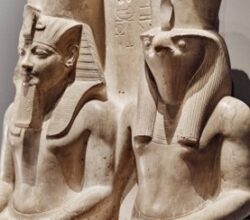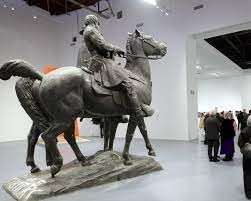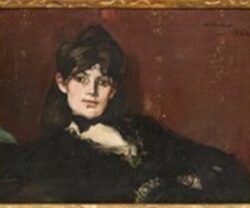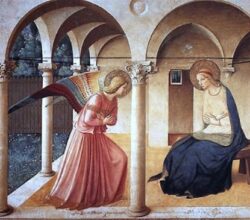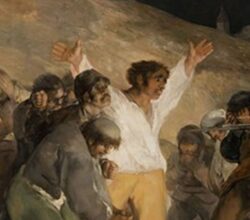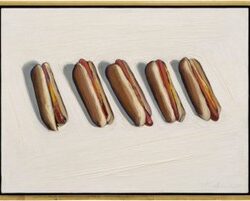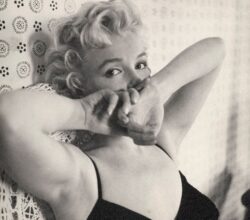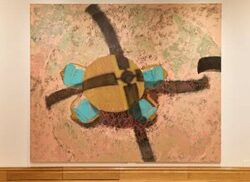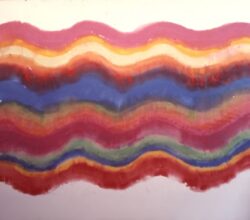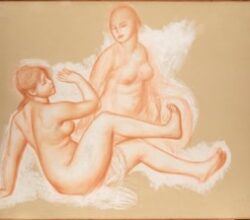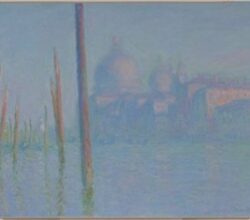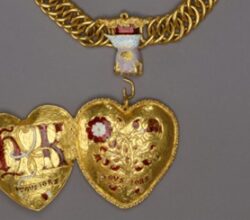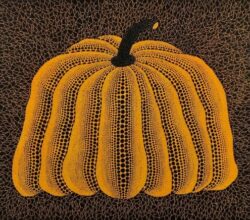
How a polka-dotted pumpkin became the world’s most coveted art installation
Kelsey Ables | Yahoo | 27th October 2025
In praise of Kusama’s pumpkins. They first appeared in her paintings as a teenager and later in the 1990’s as sculptures. Now they are spreading around the globe. Their attraction to museums is obvious – immensely popular, non-controversial and having an authentic connection to the artist’s aesthetic. Her dotting emerged from childhood hallucinations while the “generous unpretentiousness” of the pumpkin is a kind of “self-portrait” for Kusama who cannot “[conform] to social standards”.

